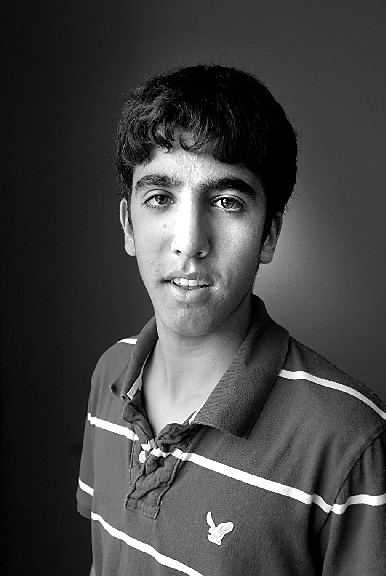School-wide responsibility for preventing teen violence
The shooting at Columbine High School on April 20, 1999, sparked a national discussion on teen violence. There were calls for more metal detectors and more security guards at schools.
Yet, what too few people focused on was the underlying social environment that influenced the incident: The shooters were socially alienated to the point that they thought opening fire on their peers was their only sense of empowerment.
Such emphasis on the student perspective of violence is the central point of the documentary "Teen Truth: School Violence and Bullying," filmed by students in their hometowns. I, along with 11 other Kennedy High School students, saw the video at the New York State Council on Leadership and Student Activities conference two weeks ago in Saratoga. "Teen Truth" co-creator Erahm Christopher spoke to us about the film and his connection to teen violence.
The documentary teaches us that accountability among all members of the high school prevents students from resorting to violence to achieve power over their lives. A school is meant to be a community of young people; when certain students become socially isolated from that bond, they lose a sense of control over their lives. It is at this tipping point when students may turn to violence.
When high school shootings appear in the news, we always hear of the shock and disbelief in that school's local area. But Christopher's documentary offers a convincing answer to that common reaction. Because those students who commit violent acts have lost touch with the teen community, nobody knows what is really going on inside their heads.
Christopher presents an example of why communication with peers is so important. When he was in ninth grade, he received a phone call from an older student falsely accusing him of having a crush on his girlfriend. After the caller told Christopher that he would get attacked the next day, he packed a gun to take to school. But his older brother caught wind of the idea, told his parents and prevented him from bringing the gun to school. Never again did Christopher hear from the student who threatened him-and he insists that it's because of his brother's intervention. Had he told nobody about his problem, he said, the outcome could have been disastrous.
Let's remember Christopher's mantra that, to keep their peers well-connected to the teen community and thus deter violence, students need to be difference-makers: "If you're not making a difference, you're doing nothing."

 50.0°,
Overcast
50.0°,
Overcast 




